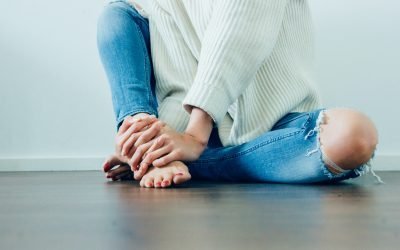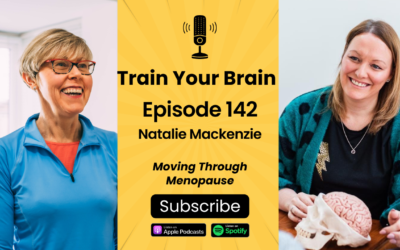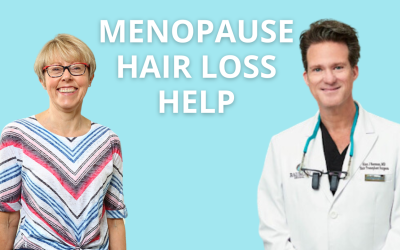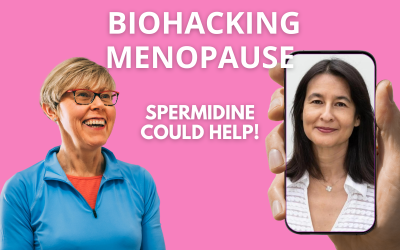Can Yoga transform us? In my opinion YES, but I would say that!
This week I recorded a conversation with a new acquaintance; Jeff Wellstead CEO of Big Bear Partners, Ltd. Jeff was an athlete in his youth but a sedentary work life and a busy family took their toll on his health. He gained a lot of weight, lost fitness and Type 2 diabetes came knocking. Clearly the female of the species doesn’t have the monopoly on this challenging problem.
Jeff shared his experiences of gastric bypass surgery and how he is keen to find his way back to a more physical future. He was honest with me and admitted that he had some reservations about Yoga for a man in midlife and asked me isn’t it just for young, beautiful, flexible people with all the expensive gear?? A resounding NO from me!
As many of you will already know, I am passionate to share the power of Pilates and Yoga with anyone who care’s to listen. I love to support people to take steps towards a fitter healthier future through movement. Luckily it’s never too late to start realising the benefits.
What is Yoga?
I was caught a bit off guard when Jeff asked me what is Yoga? So despite having studied for my 200 hours Yoga certification in the past 12 months my reply was sadly lacking ‘’It’s just a series of postures with names’’ I said. Now I blame my menopause because it is actually the case that low oestrogen levels are known to affect brain regions involved in brain cell survival and function, learning and processing, short term memory, registering and retrieving information for language and judgement. That’s my excuse and I’m sticking to it!
Now for the thought out answer to the question; Yoga is a physical practice which involves adopting positions which require strength and flexibility. It incorporates breathing techniques and focussing the mind to allow a deep connection between the mind and body through breath and movement.
To take this explanation to the next level, consider the meaning of the word Yoga. In Sanskrit means to yolk (to bind or unite). It is said that Yoga offers the opportunity to experience the subtleties achieved when we concentrate the mind and suspend the thinking processes. Yoga asks the questions but the answers come from within, and our experience of Yoga evolves and changes with practice and across our lives.
To guide and support people taking the first step on the path to discover Yoga and the exploration of the body, breath and mind is my joy and privilege always.
Join a session for FREE
Yoga Philosophy
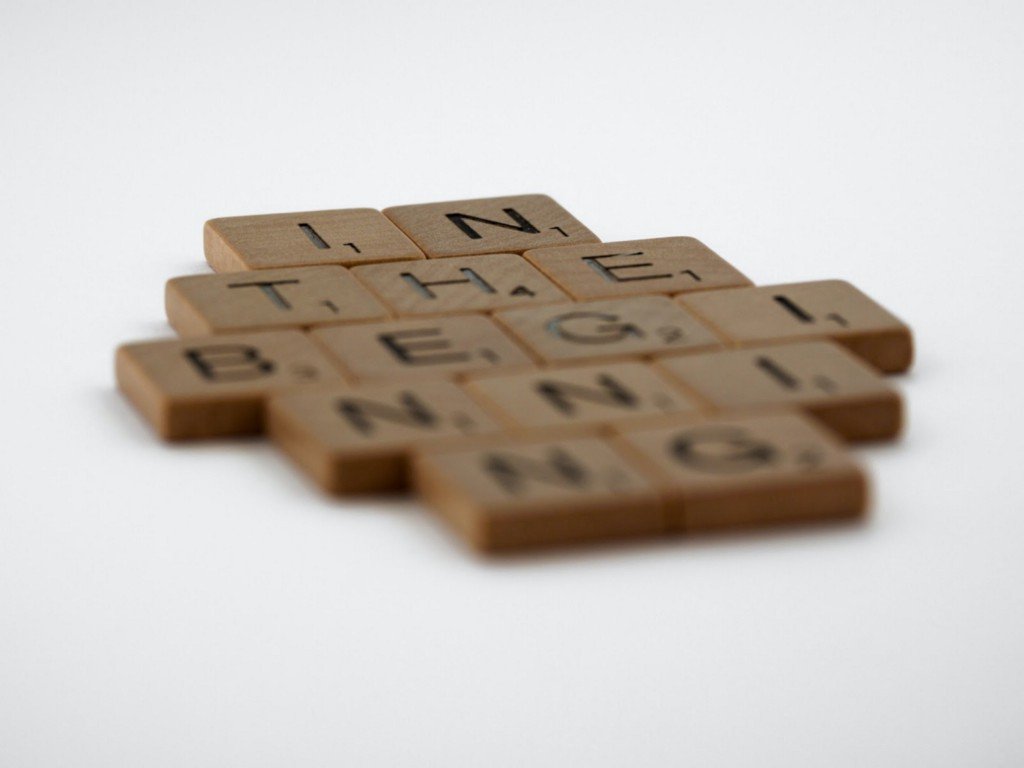
Samkhya is the theory of creation recognised by both Yoga and Ayurveda. In the Samkhya tradition there is Purusha and there is Prakriti, these two are as separate as the clockmaker and the clock.
- Purusha is the soul, knower or witness. The one that doesn’t change within us, our identity. Purusha is never the object of the experience, but the subject that witnesses everything. For normal mere mortals Purusha is ‘asleep’ we are not aware of its experience, through yoga we can reveal the presence of Purusha and our true identity. The word literally means “man.”
- Prakriti is universal nature, the known, the object of our experience. It is a constant; everything we experience is part of this principle. Prakriti literally means “creatrix,” the female creative energy
Yoga and evolution of the self
I was particularly intrigued when my Yoga teacher informed me that our Yoga practice offers an opportunity to move beyond merely bringing the body systems into balance but that through Yoga we can experience a more profound shift to enlightenment. I find this notion appealing having thought that balance was the gold standard to aim towards for my whole life. This heightened state of awareness is called Sattva which means purity, light and goodness and it is one of the three Gunas which underpin Prakriti.
The Three Gunas
The ancient teachings of yoga, like the Bhagavad Gita, talk about the three essential aspects of nature. All of creation (Prakriti or universal nature) is made up of these three qualities called the Gunas which in Sanskrit means a strand or a rope.
1. Tamas
Tamas which manifests as darkness, inertia, lethargy, dullness, illusion, heaviness. Tamas can be seen as the past, your lot in life, the given.
Tamas characteristics are greed, stagnation, selfishness, can be lazy, slow, ignorant, dull — if Tamas is dominant an individual has an inability to change either the environment in which we live or ourselves.

A Tamas posture is collapsed, they may be very overweight, focused on suffering and the painful inability to change, or may even be proud of being unable to change. They experience loneliness and a sense of failure, this tendency can be imposed by an illness, depression, or circumstances e.g. living in deprivation.
2. Rajas
Rajas manifests as the energy of passion, emotion, desire, activity, sorrow. Rajas can be seen as the future, desire, externalisation.
Rajas characteristics are to take action, compulsiveness, energy, excitement, enthusiasm, a tendency to set new targets, reach for new challenges, an inability to cease agitation. They are quick to fault others and find it difficult to forgive. There is a tendency to create conflict in their environment, with others or/and with themselves.

They can experience higher degrees of inflammation, find food and drink stimulating and are usually very competitive. Overall they favour physical activities and not subtle activities and have a thrusting posture
3. Sattva
Sattva which is associated with the principles of purity, light, harmony, knowledge, happiness and goodness. Sattva is the present, awakening, the process of consciousness unfolding. It transcends tension between the two above and it is the most desirable quality of the three.
Sattva characteristics are peace, kindness, harmony, full of energy but not in a state of agitation, altruism, kindness and they are considerate. They are powerful; enjoy reading for knowledge, meditation and spiritual inquiry, love what they do, even love the process of change that creates harmony. Their body tends to produce more endorphins. They are moving away from stress towards clarity, don’t hold grudges and connect with nature around them.

All three are present in varying degrees in objects but it is only human beings who have the ability to consciously shift the predominance of one Guna or another. Yoga is an excellent tool to allow us to transform the evolution of our being.

Sattva is a source of power and all yoga practice is geared towards Sattva and harmony.
We cannot move directly from Tamas directly to Sattva, we must first pass through the Rajastic condition in order to reach Sattva. Rajas tends to lead back to tamas if excessive activity leads to tiredness and exhaustion.
Tamasic person
A Tamasic person may not even manage to make it to a Yoga class. But if they do poses to help a Tamasic person are energising poses such as sun salutations, powerful standing postures, raising arms above head, backbends and downward dog; however as a beginner this is not relaxing. Inversions help to energise the lower chakras. Creating sessions which have more flow changing from pose to pose. Balancing poses suit both tamas and Rajas
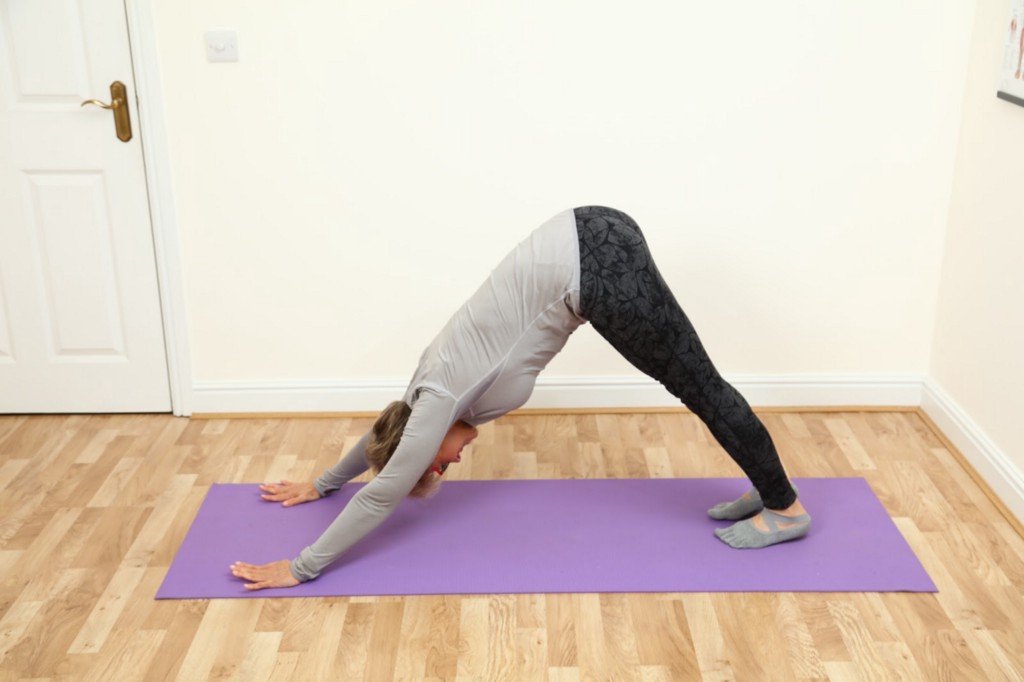
Rajastic Person
Hatha flow suits Rajastic people and we will find more of these individuals come into a class. Use your choreography to calm them down, use up excess energy at the beginning of a session then introduce more calming poses. Beware if we go too heavy on them or they might not come back, offer variety in poses. Rajastic people need opportunities to channel energies, and then gently guide them towards balance.
Achieve enlightenment

These three properties are observed in all of nature and our ability to consciously shift the predominance of one Guna or another presents an opportunity for transformation through Yoga. If we can begin to notice these properties in nature, in the seasons, in ourselves, through the stages of our lives, in our food, our work, and in yoga poses we can honour our current situation and encourage the changes which allow us to shift towards the state of enhanced enlightenment that is Sattvas.
NEW Precizion Podcast — Create a life you love and deserve

How are you feeling? Perhaps I should be asking what do you believe? For this episode I chatted to Patrizia Pisano, a life coach and meditation leader. We chatted about the beliefs that we adopt unknowingly and how survival strategies and shielding mechanisms can result in behaviours such as overachieving and perfectionism. By challenging self limiting beliefs and reprogramming your mindset it is possible to rewrite your life and step into your authentic self. Grab your ear pods and take a stroll with us or take a notepad as we reveal some tips to unravel this puzzle in the mind.
As always please do not hesitate to contact me if you have questions.
I look forward to seeing you again soon on Zoom.
With all my best wishes.
Phillipa x
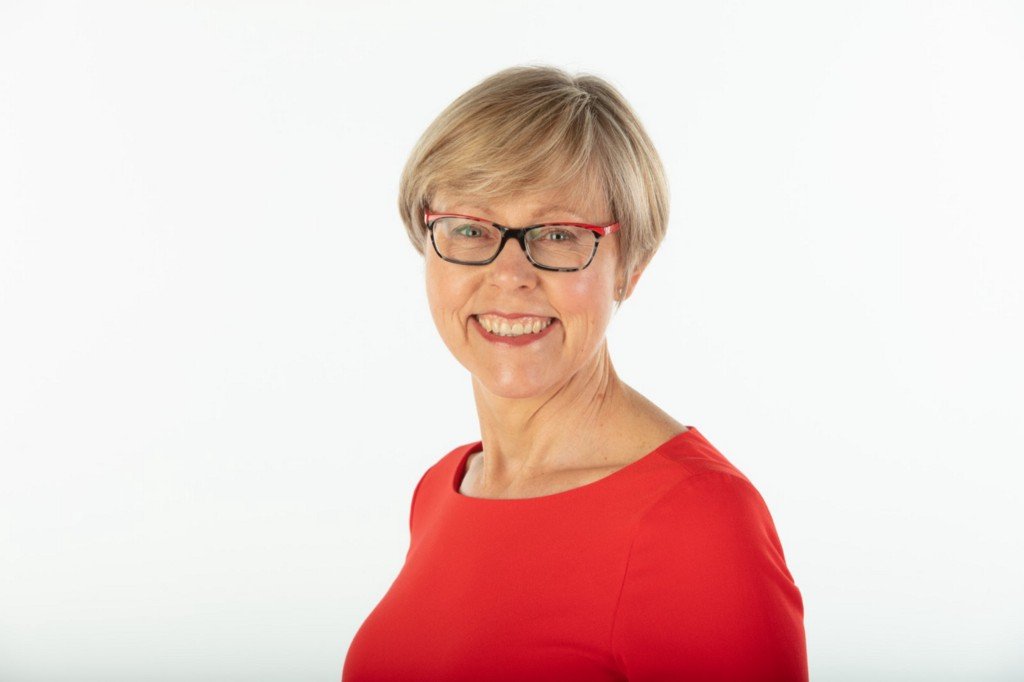
Move More, Feel Better, Live Longer




